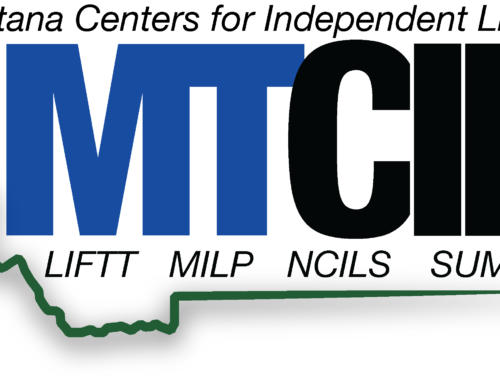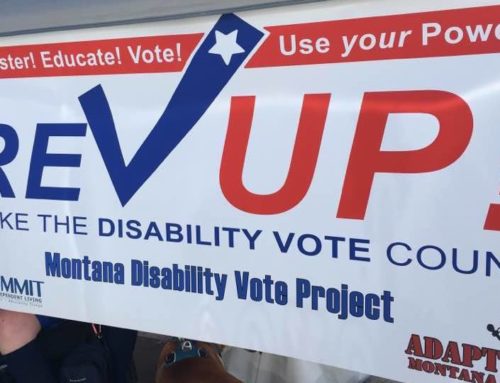From Rin Tin Tin to Benji, Old Yeller to Toto, and Scooby Doo to Odie, dogs have had their place in many parts of American culture. They have entertained us, rescued us, kept us company, warned us of danger, and even transported us over rough terrain. The special place our canine companions hold in our hearts and lives is maybe best recognized and most appreciated in the roles they play in the lives of individuals with disabilities. Some of those roles are protected by The Americans with Disabilities Act (ADA) of 1990 and its most recent revisions, but some clarification is necessary.
In reference to dogs and individuals with disabilities, the terms service dog, therapy dog, and companion dog are mistakenly thought to mean the same thing. However, the ADA has specific definitions and criteria for what is considered a service dog, which is the only one protected by federal law.
Service dogs are specifically defined as “dogs that are individually trained to do work or perform tasks for people with disabilities” in the ADA as revised in 2010. Examples of such work or tasks include guiding people who are blind, alerting people who are deaf, pulling a wheelchair, alerting and protecting a person having a seizure, reminding someone with mental illness to take prescriptions, or calming a person with PTSD during an anxiety attack. Training a dog to do these tasks can be done by anyone, and there is no “certification” required to verify the dog’s ability.
Retired Missoula schoolteacher and current Summit Peer Advocate Coreen Faulkner’s guide dog, Kia, meets this specific ADA definition. Kia was trained by Service Dogs for the Blind to perform guide services to help Coreen navigate her environment independently. Whether around her home, the Missoula community, in another city, or traveling, Kia helps Coreen independently get around amongst traffic, other people, and objects. Coreen claims that another benefit Kia provides is that her presence enables strangers to relate to Coreen and opens a line of communication whereas they might otherwise be uncomfortable introducing themselves.
Therapy dogs and companion dogs are not service dogs and are therefore not protected by the ADA, so they are not mandated to be allowed in public places and commercial facilities. Therapy dogs are trained to visit nursing facilities, care homes, group homes, hospitals, schools, and individual homes to provide socialization and therapeutic comfort, so they are allowed in those environments. Companion dogs are not trained to perform specific tasks but rather to provide emotional support to their owners. With a doctor’s prescription or written recommendation from a therapist, a companion dog is allowed in housing units whether or not they have “no pets” policies.
The old nickname “man’s best friend” continues to be true in many situations, especially with reference to individuals with disabilities. Whether performing services to help individuals with specific tasks, providing therapeutic benefit, or providing comfort through companionship, dogs can help individuals with disabilities. While service dogs are the only ones protected by Title II and Title III of the ADA, therapy dogs are allowed in those environments in which they provide therapeutic benefit, and companion dogs are allowed in rental units. Anyone questioning the validity of a service dog can legally ask only two questions: 1) Is the dog a service dog required because of a disability? and 2) What specific work or task has the dog been trained to perform?
Many people with disabilities rely on their service animals to enjoy access to our communities, so please don’t falsely claim an animal is a service dog when it is not so you can bring it into an otherwise animal-free area. Not only is it unethical, but it endangers the rights of your fellow citizens to be independent.
For more specific information about ADA protections and service dogs for individuals with disabilities, please see: www.ada.gov/service_animals_2010.htm




